A deeper look into Osteoporosis
In a world where bone health is often overlooked until fractures occur, understanding the importance of proactive measures becomes paramount. To shed light on this critical topic, we had the privilege of interviewing Consultant Orthopedic Surgeon, Dr. Murugeaswaran Silvaraju, an esteemed expert in orthopedics from Columbia Asia Hospital Bukit Jalil. Dr. Murugeaswaran’s extensive experience and knowledge offer invaluable insights into the strategies and practices individuals can adopt to safeguard their bone strength and prevent osteoporosis-related complications.
Join us as we delve into the world of bone health and discover actionable steps to build and maintain bones of strength.
1Twenty80: How would you simplify and describe osteoporosis to someone without medical knowledge?
Dr. Murugeaswaran Silvaraju:
In simpler terms, osteoporosis means weakness of the bone, making it very susceptible to fractures. It is a silent disease and most of the time there are no symptoms of an individual with osteoporosis until the first fracture occurs. This condition is particularly common among the elderly, although younger individuals may also experience it due to certain medical conditions such as thyrotoxicosis, type 2 diabetes mellitus, etc, or medications such as steroids. However, the majority of the cases are primary osteoporosis, occurring without other underlying causes.
The significance of weak bones lies in the increased risk of fractures from minor trauma. Unlike an individual with healthy bones who can withstand simple falls without risk of fracturing bones, someone with osteoporosis can suffer fractures even from relatively minor falls or traumas. This fragility fracture risk is the essence of what osteoporosis entails—a condition where weak bones lead to fractures from seemingly trivial incidents.
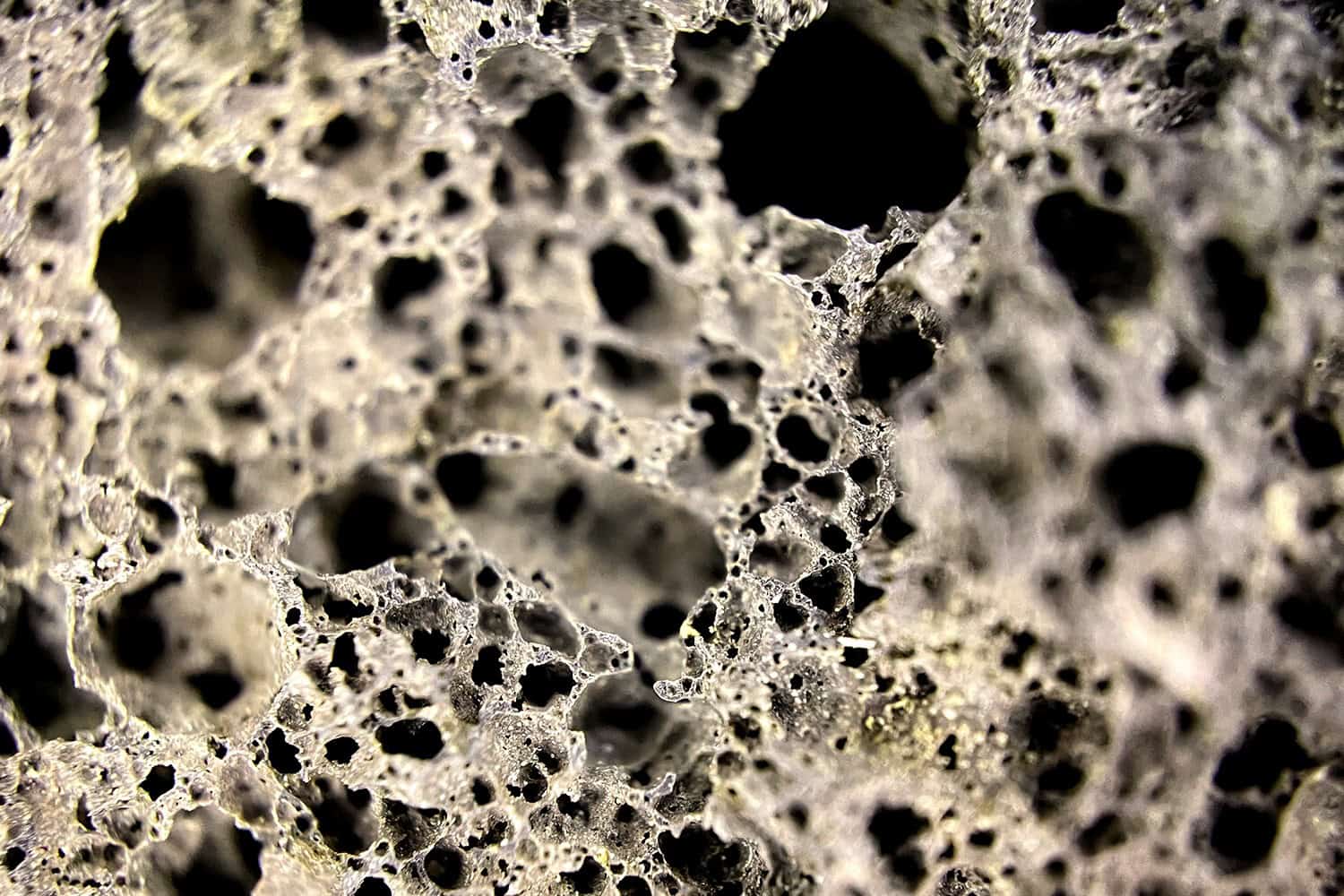
1Twenty80: What are the key factors contributing to the increasing prevalence of osteoporosis in the ageing population?
Dr. Murugeaswaran Silvaraju:
The increase in our ageing population is a significant factor contributing to the rising prevalence of osteoporosis. This demographic shift means there’s a larger pool of elderly individuals who are naturally more susceptible to bone weakening. Additionally, lifestyle choices play a crucial role. For instance, urban living in a closed environment, especially those working 8 to 5 jobs, often leads to reduced sun exposure, impacting vitamin D absorption and necessitating supplementation. Sedentary lifestyles further exacerbate the problem.
Factors such as smoking, both firsthand and through exposure to secondhand smoke, as well as excessive alcohol consumption, also contribute to bone health issues. Furthermore, there’s a link between education levels and bone health awareness, with rural areas often lacking adequate knowledge on maintaining good bone strength.
Regarding vaping, while direct studies on its link to osteoporosis are lacking, emerging evidence suggests it could potentially pose risks similar to those of traditional smoking, given its impact on overall health.
In terms of prevalence, osteoporosis is fairly common, especially among those with a family history of the condition or a history of fragility fractures. Genetic factors indeed play a role, making individuals with such family backgrounds more prone to developing osteoporosis.
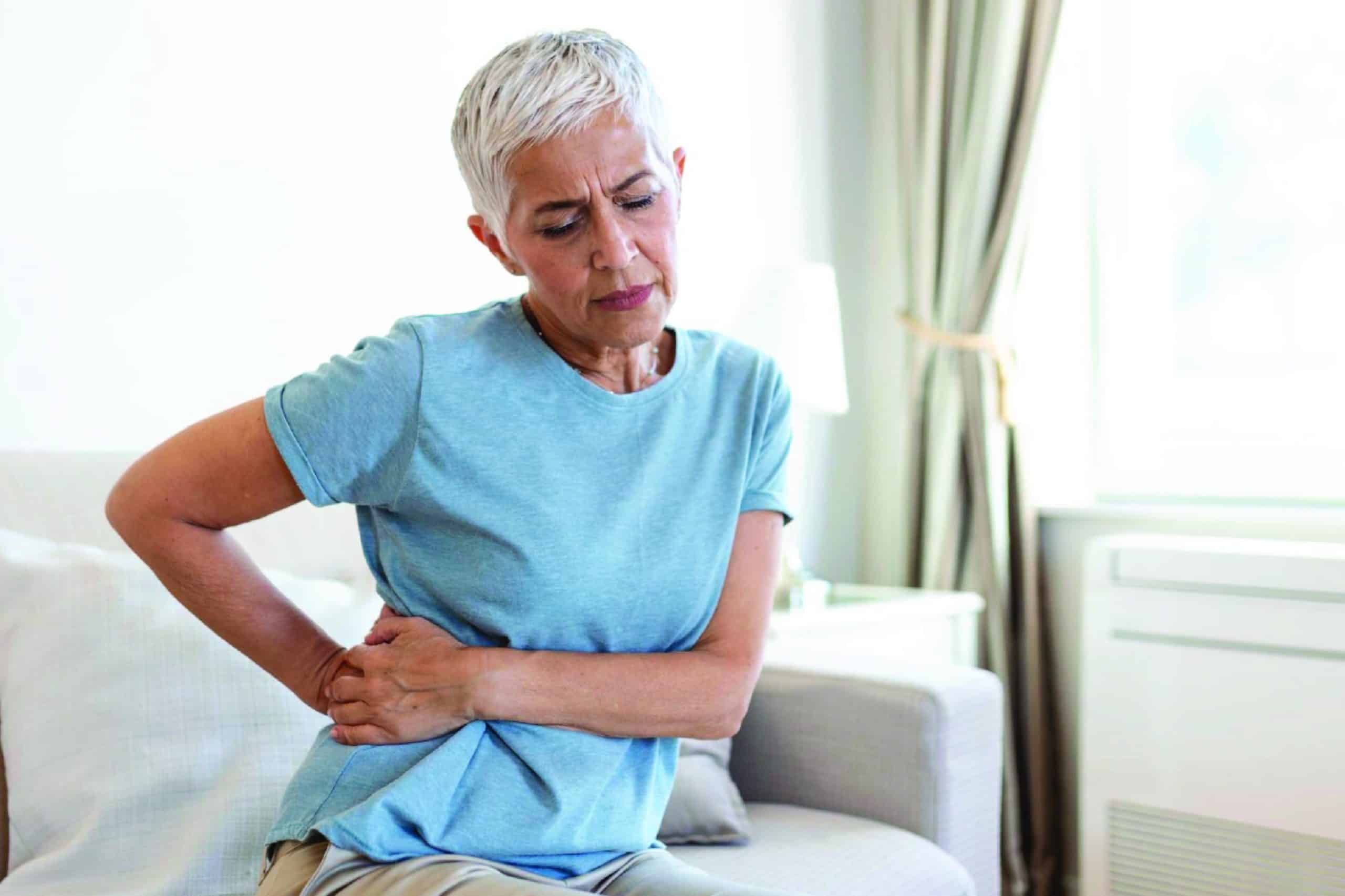
1Twenty80: How common are osteoporosis and osteoporotic fractures in Malaysia?
Dr. Murugeaswaran Silvaraju:
Osteoporosis is more prevalent in females, with approximately 33% of women over 50 years old affected compared to about 20% of men, over 50 years old. This higher incidence in females extends to osteoporotic fractures as well, where 24% of individuals overall experience such fractures, with a ratio of about three women to every one man.
This gender discrepancy is notable because osteoporosis was historically labeled as a “women’s disease,” primarily due to its significant impact on post-menopause. This period sees a drastic decrease in estrogen levels, which plays a crucial role in maintaining bone density. Consequently, much of the focus in articles and guidelines regarding osteoporosis treatment and prevention revolves around postmenopausal considerations.
1Twenty80: What are the most effective screening methods for diagnosing osteoporosis in older adults?
Dr. Murugeaswaran Silvaraju:
Screening methods for osteoporosis involve using straightforward tools to assess the likelihood of an individual needing further examination to confirm the condition. One such method is through questionnaires like the Malaysian Osteoporotic Screening Test, which asks about age, weight, height, history of fractures, and family fracture history to calculate the probability of developing osteoporosis over the next decade. An international tool called SCORE (Simple Calculated Osteoporosis Risk Estimation) also helps estimate the risk percentage over time.
Based on these risk factors, individuals may be recommended for a DEXA scan, a bone mineral density test, to confirm osteoporosis.
Additionally, there’s the Fracture Risk Assessment Tool, which provides probabilities of major osteoporotic fractures like those in the spine or wrist, as well as hip fractures. Factors like alcohol use and previous fracture history can influence these risk assessments.
Ultimately, while screening tools like questionnaires can provide initial estimations, the most accurate diagnosis comes from DEXA scans, which categorise bone health as normal, osteopenia (weakened but not yet osteoporotic), or osteoporotic.

1Twenty80: Can you discuss the importance of lifestyle factors such as diet, exercise, and calcium/vitamin D intake in preventing and managing osteoporosis in ageing individuals?
Dr. Murugeaswaran Silvaraju:
Diet plays a crucial role in bone health, emphasising the importance of calcium and vitamin D-rich foods. Young adults typically obtain sufficient calcium from their diet, absorbing it effectively, especially when exposed to sunlight for natural vitamin D production. However, elderly individuals often require supplementation due to decreased absorption capacity.
High caffeine intake, exceeding three servings per day, has been linked to an increased risk of osteoporosis, highlighting the need for a balanced diet. Exercise is equally vital, particularly weight-bearing exercises like walking, running, and simple weightlifting. Starting these habits early in life yields better long-term outcomes compared to initiating them later in adulthood.
For elderly patients, regular brisk walking can suffice, with gradual increases in duration and frequency. Supplementation with calcium and vitamin D is crucial in bone health in elderly individuals, and there is a need to emphasise that calcium supplementation alone without vitamin D is not effective. Calcium intake should aim for 1000-1200 milligrams daily, while vitamin D intake should target around 800-1000 IU (international unit), both adjusted based on blood test results.
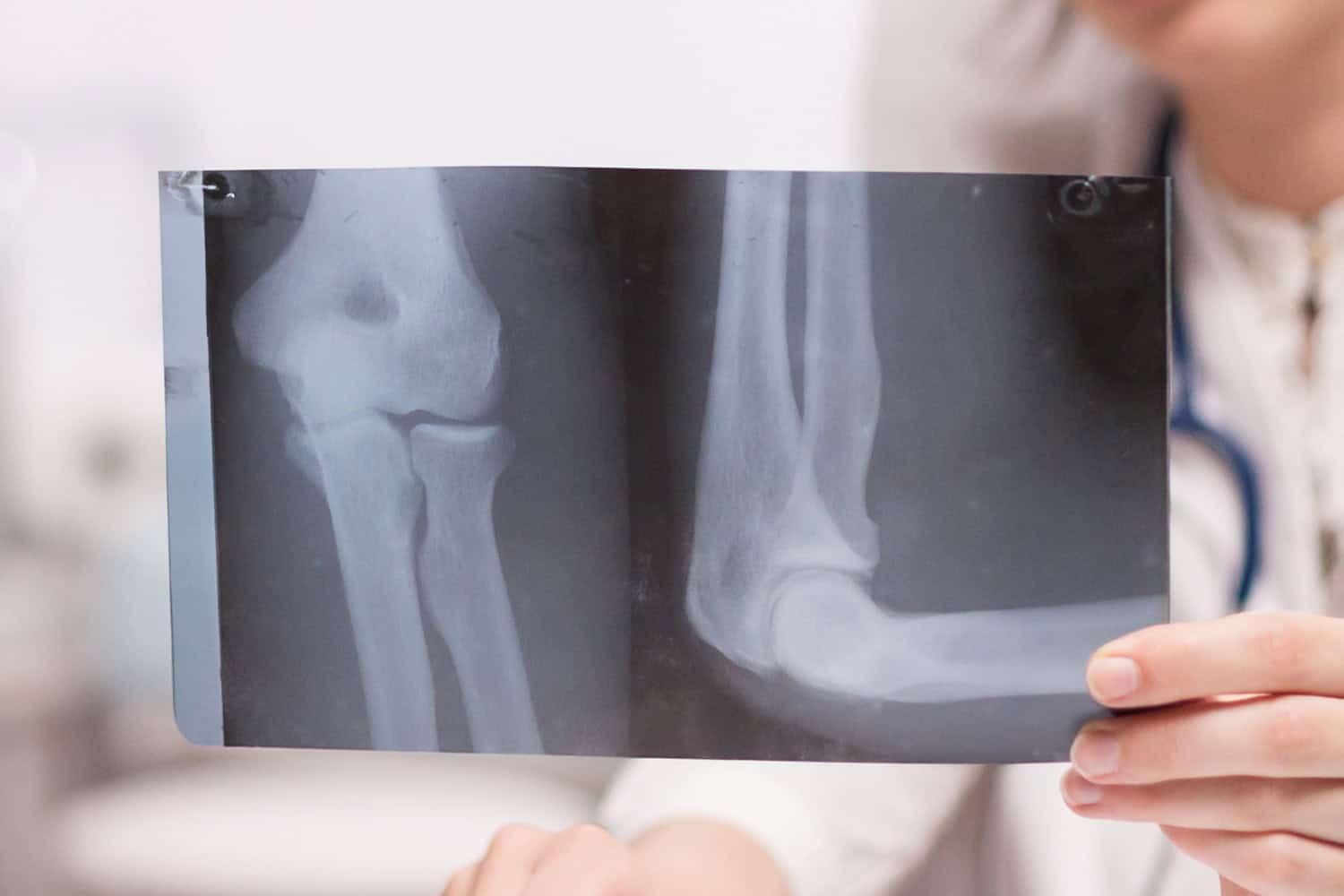
1Twenty80: What are the available treatment options for osteoporosis, and how do they differ in terms of effectiveness, side effects, and suitability for older adults?
Dr. Murugeaswaran Silvaraju:
When dealing with osteopenia, a precursor to osteoporosis, supplementation with calcium and vitamin D may suffice. However, for more severe cases, additional medications become necessary to address the underlying causes of bone weakness.
Understanding why the bones weaken involves recognising that bones are living organs with blood vessels, nerves, and continuously produced and removed cells. This ongoing process of bone formation and removal must maintain a delicate balance for optimal bone health.
When this balance is disrupted, interventions are required, leading to three types of treatments. The first type, anti-resorptive treatment, aims to halt bone loss by preventing excessive resorption. Medications like bisphosphonates, such as alendronate, risedronate, ibandronate & zoledronic acid are common examples, available in oral forms taken daily, weekly, monthly, or even yearly.
However, due to potential gastrointestinal side effects, administration guidelines like taking oral medication in the morning on an empty stomach and remaining upright afterward for about 30 minutes are crucial. Injectable forms of anti-resorptive medications which is gastrointestinal friendly are also available, either through intravenous infusions or subcutaneous injections, albeit at varying costs and convenience levels for patients.
The second mode of treatment, anabolic agents, focuses on building bone strength by promoting bone formation and is highly recommended in patients with a very high risk of fractures. These medications, such as denosumab administered through injections every six months, for up to two years will help strengthen bones initially, after which anti-resorptive medications are typically initiated to maintain bone health.
The third type, menopausal hormone therapy is offered to symptomatic women less than 60 years old and within 10 years of menopause to help prevent and treat postmenopausal osteoporosis.
There are no age restrictions for bone-building medications; anyone requiring bone strengthening can benefit from these treatments. The goal is to improve bone health and reduce the risk of fractures, particularly in individuals with weakened bones.
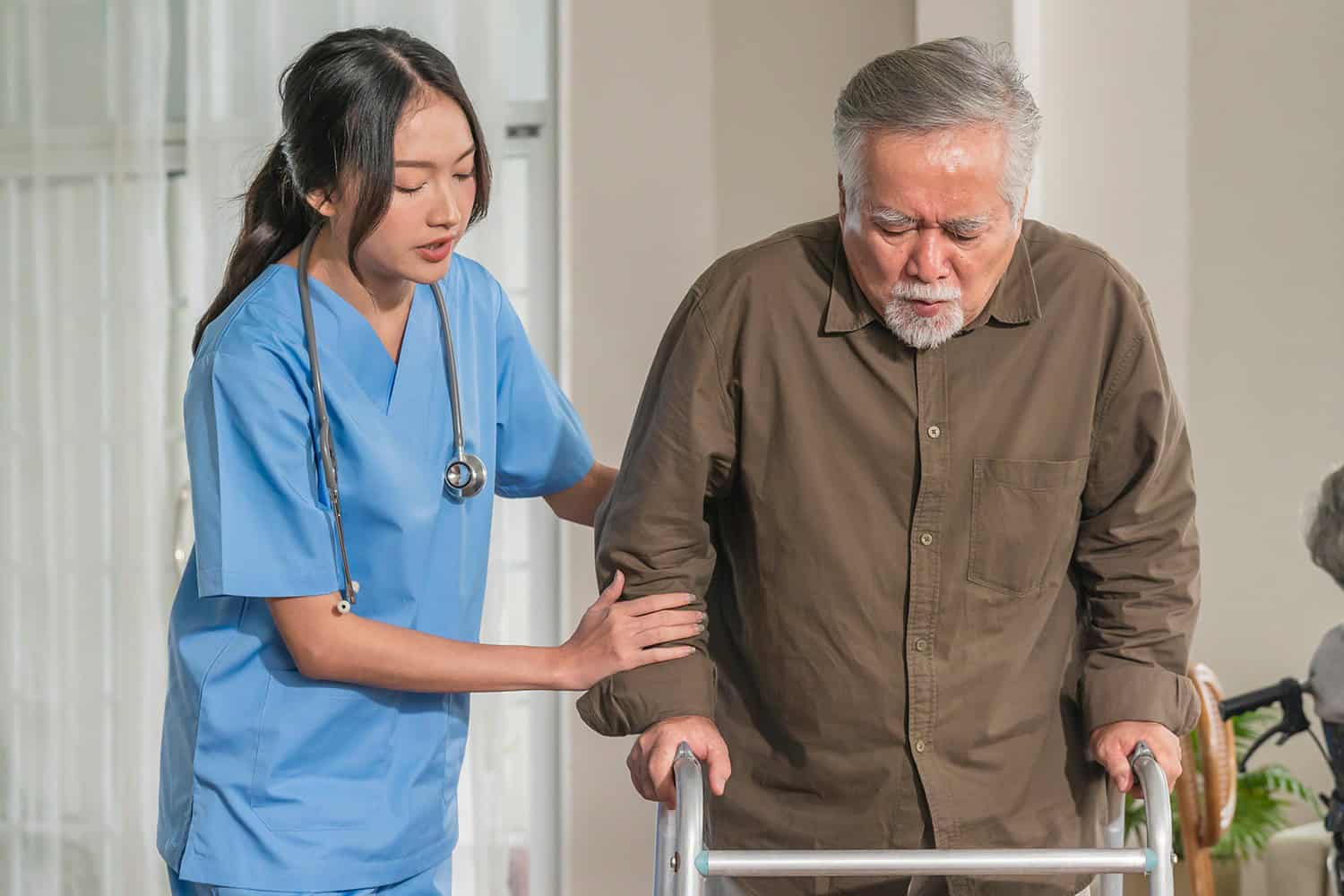
1Twenty80: Are there lifestyle modifications or changes in daily activities that older adults can adopt to reduce the risk of falls and fractures associated with osteoporosis?
Dr. Murugeaswaran Silvaraju:
When it comes to preventing fractures and falls, several strategies can be implemented. Environmental modifications play a key role, involving assessments of living spaces to minimise tripping hazards and ensure surfaces are not slippery. Recommendations may include installing railings for support, especially in areas like bathrooms where falls are common. Engaging an occupational therapist to evaluate the home and suggest modifications tailored to individual needs is highly beneficial, especially for elderly individuals living alone.
Additionally, providing walking aids can assist those with weakened mobility, enhancing their safety and confidence. Encouraging participation in weight-bearing exercises like Tai Chi and brisk walks is crucial, as these activities promote bone strength and balance. Exposure to sunlight for adequate vitamin D synthesis is essential, emphasising the importance of wearing appropriate clothing to maximize sunlight exposure.
Maintaining a healthy diet rich in calcium and vitamin D, with supplementation further supports bone health and fracture prevention. These multifaceted approaches collectively contribute to reducing the risk of fractures and falls, especially in older adults susceptible to bone weakening.
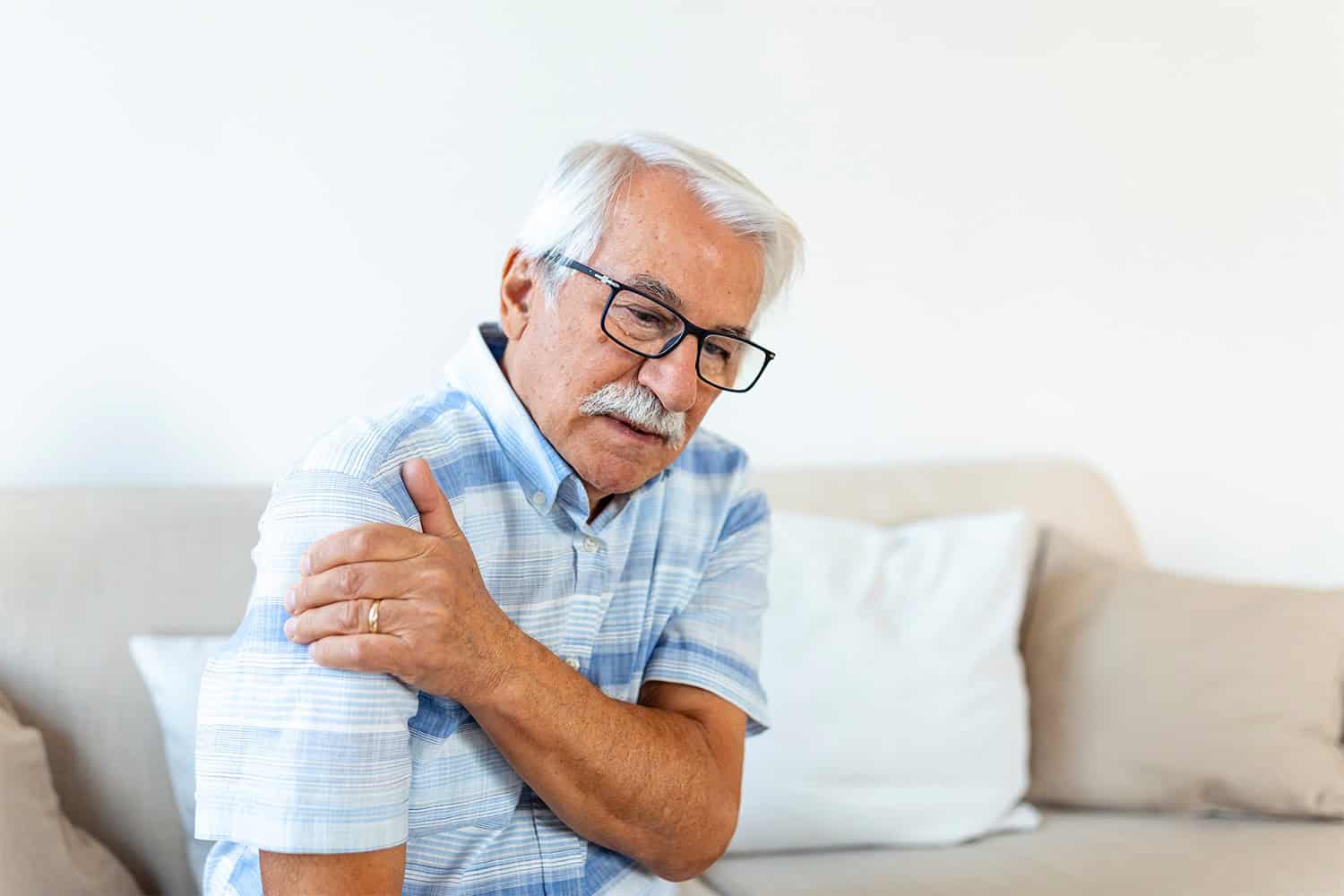
1Twenty80: How does osteoporosis impact fracture risk in older adults, and what are the most common sites for osteoporotic fractures?
Dr. Murugeaswaran Silvaraju:
One significant impact of osteoporosis is the high fracture risk, particularly in women where one in three may experience a fracture in their lifetime. There is a term “beget fracture” in osteoporosis, which means that once a patient experiences a fracture, there’s a considerably elevated chance of another fracture within the next two years. This heightened risk stems from the weakened state of bones in osteoporosis, making them susceptible to further fractures due to increased stress and strain during recovery or inactivity.
An essential aspect of osteoporosis is its potential to worsen if patients remain sedentary, leading to disuse atrophy of both bones and muscles. For instance, in patients with ankle fractures who are immobilised for a significant period, the bone can become softer and weaker due to lack of use, a phenomenon known as disuse atrophy. This condition can also affect muscles, resulting in noticeable differences in muscle size between limbs.
The most common fracture sites in osteoporosis are the hip, spine, and wrist, especially among older individuals. A hip fracture often requires surgery, spine(vertebral) fractures can result in loss of height, deformity, and intense back pain. Other common fractures associated with osteoporosis can occur at the shoulder (neck of the humerus), elbow, and ankle. These fractures often occur due to relatively trivial incidents such as falls or twists, emphasising the fragility of bones in individuals with osteoporosis.
1Twenty80: Does wearing modest clothing which may cover more skin and potentially limit exposure to sunlight, contribute to lower vitamin D levels and increase the risk of osteoporosis, especially in individuals who adhere to modest dressing practices regularly?
Dr. Murugeaswaran Silvaraju:
The lack of sunlight exposure due to wearing clothing that covers the body, can indeed lead to vitamin D deficiency and consequently increase the risk of osteoporosis. This is because sunlight is a crucial source of vitamin D synthesis in the body. To mitigate this risk, individuals in such situations can consider spending time in areas where they can expose their upper limbs to sunlight, like a veranda or outdoor space, depending on their comfort and convenience. Alternatively, they may need to resort to vitamin D supplements to maintain adequate levels of this vital nutrient.
This issue isn’t limited to individuals wearing covered clothing; it extends to people in colder climates who often cover up due to weather conditions. In these regions, the risk of osteoporosis due to insufficient sunlight exposure is similarly elevated.
1Twenty80: Is it possible to improve bone health, even later in life?
Dr. Murugeaswaran Silvaraju:
It’s ideal to start promoting bone health as early as childhood and adolescence because that’s when peak bone mass is achieved. During this period, bones adapt and become stronger in response to increased demand. However, this doesn’t mean that older individuals can’t benefit from bone-strengthening efforts.
Once individuals reach around mid-30s to 40 years old, the ability to reach peak bone mass diminishes. Nonetheless, engaging in regular exercise and movement can still indirectly benefit bone health by improving blood flow and maintaining bone strength. While it may not directly make bones stronger, it helps prevent them from becoming weaker.
So, is it ever too late to start? The answer is no. It’s never too late to begin prioritising bone health and implementing strategies to maintain or improve bone strength, even if the opportunity to achieve peak bone mass has passed.
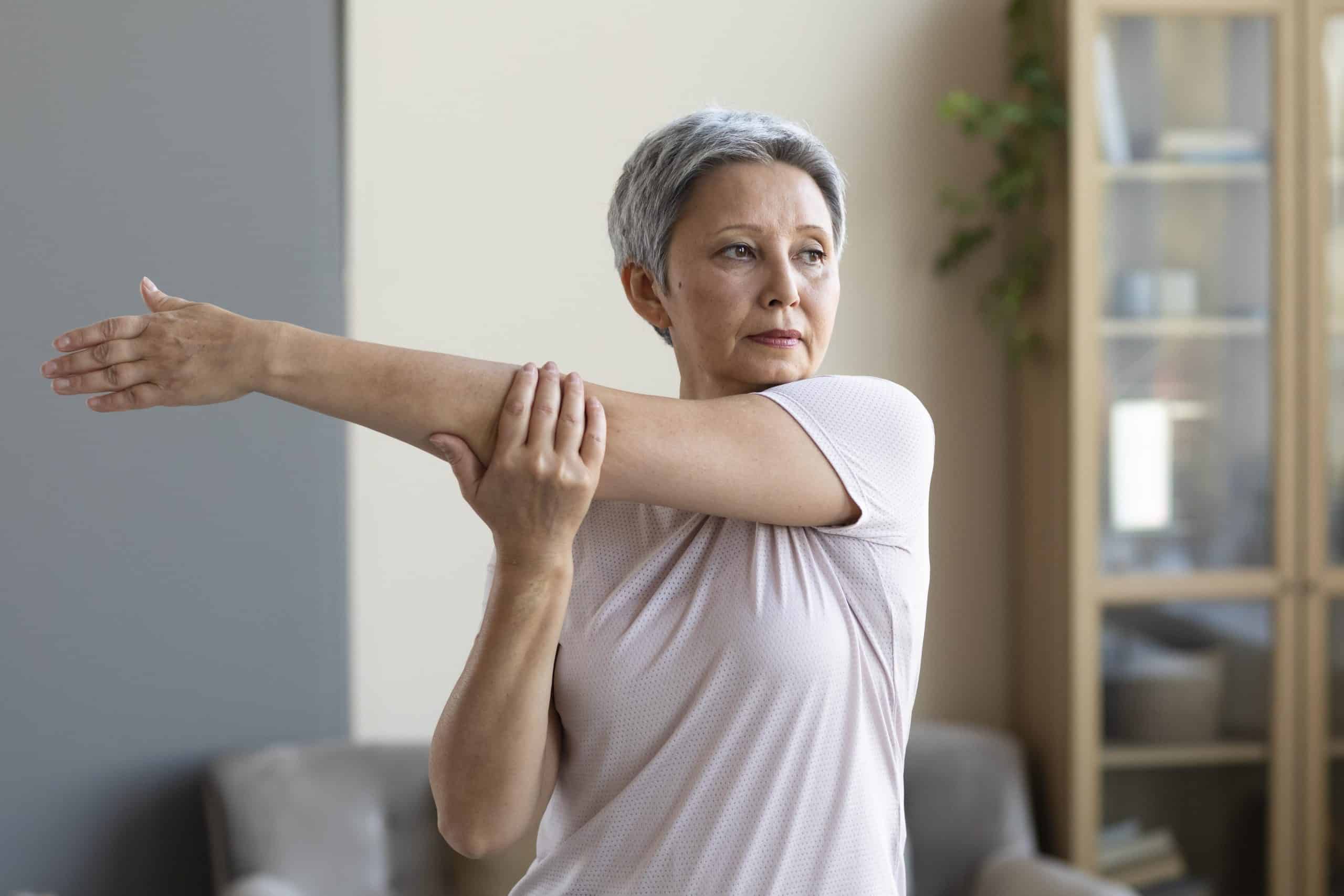
1Twenty80: How does gender influence the prevalence and severity of osteoporosis?
Dr. Murugeaswaran Silvaraju:
Gender plays a significant role in bone health, particularly concerning hormonal factors, and estrogen in females. Estrogen is crucial for bone building and maintenance; it regulates the balance between bone loss and bone production. When estrogen levels decline, as in menopause, bone loss outpaces bone production, leading to an increased risk for osteoporosis in women.
You could compare estrogen’s role to that of a shield for bone health. It acts as a protector and facilitator of bone-building processes. However, once estrogen levels decrease, the balance is disrupted, resulting in more bone loss than building.
So, while estrogen isn’t a shield in the literal sense, its absence contributes to bone vulnerability due to reduced bone-building activity and an ongoing process of bone loss.
1Twenty80: Can you explain how hormonal changes during and after menopause impact bone density and increase the risk of osteoporosis?
Dr. Murugeaswaran Silvaraju:
The decrease in estrogen levels leads to increased bone turnover and enhanced bone resorption, resulting in rapidly ongoing bone loss, leading to weakened bones. This hormonal effect is significant, especially for women during and after menopause, as it plays a crucial role in bone health maintenance.
Now, moving on to a comparison of fracture risk between men and women. Women, due to factors like menopause-induced estrogen decline, have a higher risk of osteoporosis, with some studies indicating they are six times more likely than men to develop this condition. Regarding fracture risk specifically, women still have a threefold higher risk compared to men, primarily attributed to the impact of menopause on bone health.
Share:
Was this article helpful?
Share:
Was this article helpful?
Health Packages
Elevate your health with tailored health packages at Columbia Asia Hospital. Take charge of your health journey today.

